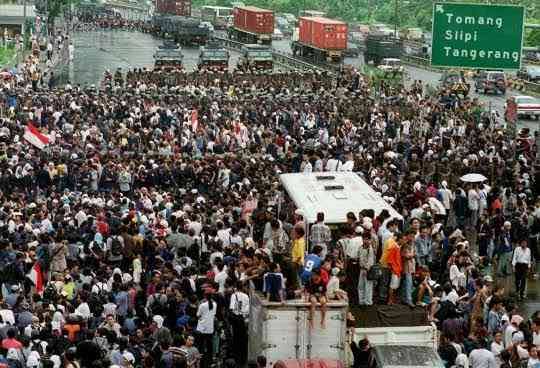26 Years On, Amnesty International Demands Government Accountability for Semanggi I Massacre
In January 2023, President Joko Widodo formally acknowledged 12 cases of past human rights violations, including the Semanggi I and II tragedies. While this recognition was initially seen as a potential step towards resolution, it has yet to result in any tangible action.
“Recognition without legal action is nothing but empty rhetoric. The Attorney General has a legal and moral responsibility to investigate the perpetrators and deliver justice for the victims of Semanggi I,” Usman said.
“The lack of decisive action reflects the state’s failure to uphold human rights, which was a key promise of the 1998 Reformasi.”
The Semanggi I tragedy occurred on November 13, 1998, near Atmajaya University and the Semanggi Interchange in Jakarta, during massive student and public protests. The demonstrators, calling for the resignation of New Order-era officials, the trial of former president Suharto, presidential term limits, and the dismantling of the military’s dual function, were met with violent repression. Security forces responded with excessive force, including unlawful killings.
Reports from the Media and the Humanitarian Volunteer Team revealed that at least 17 civilians were killed and 456 others were wounded in the Semanggi I tragedy. A year later, the Semanggi II tragedy would claim 11 more lives and leave 217 injured.
Although several police and military personnel were tried for their roles in the shootings, the trials failed to deliver justice for the victims and did not uncover the masterminds behind the violence.
The victims’ families have long sought to have the Semanggi I and II cases prosecuted in a human rights court, but their requests have been repeatedly dismissed. Both the DPR (Indonesian House of Representatives) and the government have argued that the Semanggi tragedies do not constitute “gross human rights violations” as defined in Law No. 26/2000 on the Human Rights Court.


Tinggalkan Balasan Batalkan balasan